The Global Virtual Event Platform market is expected to grow from USD 95.92 billion in 2020 to USD 408.53 billion by 2028, at a CAGR of 23% during the forecast period 2021-2028.
A virtual event platform is a software that allows users to easily host virtual conferences, meetings, seminars, online trade exhibits, virtual sports tournaments, and more. Virtual events can be accessed via the web, software applications, or mobile browsers. These platforms demand less capital yet provide higher returns. As a result, low-budget businesses can use these platforms as well. In today's worldwide and networked world, an essential component of connecting clients and companies is considered an important and valuable way of communication. Video and audio conferencing and live streaming and broadcasting are all examples of virtual events. The platform enables virtual communication from faraway locations by incorporating developing technologies such as augmented reality, virtual reality, and 3D simulation to recreate in-person event experiences. Further, thousands of people may share information in real-time thanks to the platform's interactive capabilities, which include a live chat box, live polls, and one-on-one video and audio chats.
The factors driving the market are growing Global Virtual Event Platform across the globe, the rising adaption of digitally simulated platforms in different sectors, demand for intercontinental communication services for information sharing, demand for a communication platform, the growing popularity of Unified Communication as a Service and innovative technologies. The factors restraining the market growth are lack of awareness, increasing threat of cyber-attacks while operating in the virtual environment, Compatibility issues at different business levels, and integrating virtual event software. The availability of several open-source, accessible solutions for event management, the outbreak of COVID-19, remote work operations, and the importance of virtual event software as a powerful tool is expected to provide market growth opportunities.
This study delivers a comprehensive analysis of Component, End User, and region. The Component segment includes Services and Platforms. The Platform segment held the largest market share, owing to the emerging technologies, interactive features like a live chat box, live polls, one-to-one video, and audio calls, cost-efficient and highly beneficial. The End User segment includes Government, Corporations, Healthcare, Education, Third Party Planner, Non-Profit, Associations. The Third-Party planner segment holds the largest market share, owing to the logistics and vendor management, adoption of the virtual platform, save a lot of time & money, and new advancements in technology.
The market has been divided into North America, Europe, Asia-Pacific, Middle East & Africa, and South America. North America holds the largest market share in the U.S., owing to the stable economy, technological enhancements, advanced infrastructure, high awareness among enterprises, investments in various technologies, including Artificial Intelligence, Internet of Thing, big data, Augmented Reality, and Virtual Reality. The Asia-Pacific region is anticipated to grow and holds the largest share in China due to a vast and rising consumer base, growth in the use of digital platforms for communication, massive adoption of the technology, and aided by high-speed 5G network deployment.
Some notable players in the market are Cvent, Hopin, Hubilo, Vfairs, BigMarker, Zoom, Microsoft, Cisco, Accelevents, EventMobi, On24, Vconfex, Samaaro, Airmeet, and SpotMe.
Global Virtual Event Platform Market Analysis and Forecast, Type
Global Virtual Event Platform Market Analysis and Forecast, Product
Global Virtual Event Platform Market Analysis and Forecast, Region
Report Description:
1. Introduction
1.1. Objectives of the Study
1.2. Market Definition
1.3. Research Scope
1.4. Currency
1.5. Key Target Audience
2. Research Methodology and Assumptions
3. Executive Summary
4. Premium Insights
4.1. Porter’s Five Forces Analysis
4.2. Value Chain Analysis
4.3. Top Investment Pockets
4.3.1. Market Attractiveness Analysis By Component
4.3.2. Market Attractiveness Analysis By End User
4.3.3. Market Attractiveness Analysis By Region
4.4. Industry Trends
5. Market Dynamics
5.1. Market Evaluation
5.2. Drivers
5.2.1. Rising adaption of digitally simulated platforms in different sectors
5.2.2. Demand for intercontinental communication services for information sharing
5.2.3. Demand for a communication platform
5.2.4. Growing popularity of Unified Communication as a Service and innovative technologies
5.3. Restrains
5.3.1. Lack of awareness
5.3.2. Increasing threat of cyber-attacks while operating in the virtual environment
5.3.3. Compatibility issues at different business levels
5.3.4. Integrating virtual event software
5.4. Opportunities
5.4.1. Free solutions for event management
5.4.2. Outbreak of COVID-19
5.4.3. Remote work operations
5.4.4. Importance of virtual event software as a powerful tool
6. Global Virtual Event Platform Market Analysis and Forecast, By Component
6.1. Segment Overview
6.2. Services
6.3. Platform
7. Global Virtual Event Platform Market Analysis and Forecast, By End User
7.1. Segment Overview
7.2. Government
7.3. Corporations
7.4. Healthcare
7.5. Education
7.6. Third Party Planner
7.7. Non-Profit
7.8. Associations
8. Global Virtual Event Platform Market Analysis and Forecast, By Regional Analysis
8.1. Segment Overview
8.2. North America
8.2.1. U.S.
8.2.2. Canada
8.2.3. Mexico
8.3. Europe
8.3.1. Germany
8.3.2. France
8.3.3. U.K.
8.3.4. Italy
8.3.5. Spain
8.4. Asia-Pacific
8.4.1. Japan
8.4.2. China
8.4.3. India
8.5. South America
8.5.1. Brazil
8.6. Middle East and Africa
8.6.1. UAE
8.6.2. South Africa
9. Global Virtual Event Platform Market-Competitive Landscape
9.1. Overview
9.2. Market Share of Key Players in Global Virtual Event Platform Market
9.2.1. Global Company Market Share
9.2.2. North America Company Market Share
9.2.3. Europe Company Market Share
9.2.4. APAC Company Market Share
9.3. Competitive Situations and Trends
9.3.1. End User Launches and Developments
9.3.2. Partnerships, Collaborations, and Agreements
9.3.3. Mergers & Acquisitions
9.3.4. Expansions
10. Company Profiles
10.1. Cvent
10.1.1. Business Overview
10.1.2. Company Snapshot
10.1.3. Company Market Share Analysis
10.1.4. Company End User Portfolio
10.1.5. Recent Developments
10.1.6. SWOT Analysis
10.2. Hopin
10.2.1. Business Overview
10.2.2. Company Snapshot
10.2.3. Company Market Share Analysis
10.2.4. Company End User Portfolio
10.2.5. Recent Developments
10.2.6. SWOT Analysis
10.3. Hubilo
10.3.1. Business Overview
10.3.2. Company Snapshot
10.3.3. Company Market Share Analysis
10.3.4. Company End User Portfolio
10.3.5. Recent Developments
10.3.6. SWOT Analysis
10.4. Vfairs
10.4.1. Business Overview
10.4.2. Company Snapshot
10.4.3. Company Market Share Analysis
10.4.4. Company End User Portfolio
10.4.5. Recent Developments
10.4.6. SWOT Analysis
10.5. BigMarker
10.5.1. Business Overview
10.5.2. Company Snapshot
10.5.3. Company Market Share Analysis
10.5.4. Company End User Portfolio
10.5.5. Recent Developments
10.5.6. SWOT Analysis
10.6. Zoom
10.6.1. Business Overview
10.6.2. Company Snapshot
10.6.3. Company Market Share Analysis
10.6.4. Company End User Portfolio
10.6.5. Recent Developments
10.6.6. SWOT Analysis
10.7. Microsoft
10.7.1. Business Overview
10.7.2. Company Snapshot
10.7.3. Company Market Share Analysis
10.7.4. Company End User Portfolio
10.7.5. Recent Developments
10.7.6. SWOT Analysis
10.8. Cisco
10.8.1. Business Overview
10.8.2. Company Snapshot
10.8.3. Company Market Share Analysis
10.8.4. Company End User Portfolio
10.8.5. Recent Developments
10.8.6. SWOT Analysis
10.9. Accelevents
10.9.1. Business Overview
10.9.2. Company Snapshot
10.9.3. Company Market Share Analysis
10.9.4. Company End User Portfolio
10.9.5. Recent Developments
10.9.6. SWOT Analysis
10.10. EventMobi
10.10.1. Business Overview
10.10.2. Company Snapshot
10.10.3. Company Market Share Analysis
10.10.4. Company End User Portfolio
10.10.5. Recent Developments
10.10.6. SWOT Analysis
10.11. On24
10.11.1. Business Overview
10.11.2. Company Snapshot
10.11.3. Company Market Share Analysis
10.11.4. Company End User Portfolio
10.11.5. Recent Developments
10.11.6. SWOT Analysis
10.12. Vconfex
10.12.1. Business Overview
10.12.2. Company Snapshot
10.12.3. Company Market Share Analysis
10.12.4. Company End User Portfolio
10.12.5. Recent Developments
10.12.6. SWOT Analysis
10.13. Samaaro
10.13.1. Business Overview
10.13.2. Company Snapshot
10.13.3. Company Market Share Analysis
10.13.4. Company End User Portfolio
10.13.5. Recent Developments
10.13.6. SWOT Analysis
10.14. Airmeet
10.14.1. Business Overview
10.14.2. Company Snapshot
10.14.3. Company Market Share Analysis
10.14.4. Company End User Portfolio
10.14.5. Recent Developments
10.14.6. SWOT Analysis
10.15. SpotMe
10.15.1. Business Overview
10.15.2. Company Snapshot
10.15.3. Company Market Share Analysis
10.15.4. Company End User Portfolio
10.15.5. Recent Developments
10.15.6. SWOT Analysis
List of Table
1. Global Virtual Event Platform Market, By Component, 2018-2028 (USD Billion)
2. Global Services, Virtual Event Platform Market, By Region, 2018-2028 (USD Billion)
3. Global Platform, Virtual Event Platform Market, By Region, 2018-2028 (USD Billion)
4. Global Virtual Event Platform Market, By End User, 2018-2028 (USD Billion)
5. Global Government, Virtual Event Platform Market, By Region, 2018-2028 (USD Billion)
6. Global Corporations, Virtual Event Platform Market, By Region, 2018-2028 (USD Billion)
7. Global Healthcare, Virtual Event Platform Market, By Region, 2018-2028 (USD Billion)
8. Global Education, Virtual Event Platform Market, By Region, 2018-2028 (USD Billion)
9. Global Third-Party Planner, Virtual Event Platform Market, By Region, 2018-2028 (USD Billion)
10. Global Non-Profit, Virtual Event Platform Market, By Region, 2018-2028 (USD Billion)
11. Global Associations, Virtual Event Platform Market, By Region, 2018-2028 (USD Billion)
12. North America Virtual Event Platform Market, By Component, 2018-2028 (USD Billion)
13. North America Virtual Event Platform Market, By End User, 2018-2028 (USD Billion)
14. U.S. Virtual Event Platform Market, By Component, 2018-2028 (USD Billion)
15. U.S. Virtual Event Platform Market, By End User, 2018-2028 (USD Billion)
16. Canada Virtual Event Platform Market, By Component, 2018-2028 (USD Billion)
17. Canada Virtual Event Platform Market, By End User, 2018-2028 (USD Billion)
18. Mexico Virtual Event Platform Market, By Component, 2018-2028 (USD Billion)
19. Mexico Virtual Event Platform Market, By End User, 2018-2028 (USD Billion)
20. Europe Virtual Event Platform Market, By Component, 2018-2028 (USD Billion)
21. Europe Virtual Event Platform Market, By End User, 2018-2028 (USD Billion)
22. Germany Virtual Event Platform Market, By Component, 2018-2028 (USD Billion)
23. Germany Virtual Event Platform Market, By End User, 2018-2028 (USD Billion)
24. France Virtual Event Platform Market, By Component, 2018-2028 (USD Billion)
25. France Virtual Event Platform Market, By End User, 2018-2028 (USD Billion)
26. U.K. Virtual Event Platform Market, By Component, 2018-2028 (USD Billion)
27. U.K. Virtual Event Platform Market, By End User, 2018-2028 (USD Billion)
28. Italy Virtual Event Platform Market, By Component, 2018-2028 (USD Billion)
29. Italy Virtual Event Platform Market, By End User, 2018-2028 (USD Billion)
30. Spain Virtual Event Platform Market, By Component, 2018-2028 (USD Billion)
31. Spain Virtual Event Platform Market, By End User, 2018-2028 (USD Billion)
32. Asia Pacific Virtual Event Platform Market, By Component, 2018-2028 (USD Billion)
33. Asia Pacific Virtual Event Platform Market, By End User, 2018-2028 (USD Billion)
34. Japan Virtual Event Platform Market, By Component, 2018-2028 (USD Billion)
35. Japan Virtual Event Platform Market, By End User, 2018-2028 (USD Billion)
36. China Virtual Event Platform Market, By Component, 2018-2018 (USD Billion)
37. China Virtual Event Platform Market, By End User, 2018-2028 (USD Billion)
38. India Virtual Event Platform Market, By Component, 2018-2028 (USD Billion)
39. India Virtual Event Platform Market, By End User, 2018-2028 (USD Billion)
40. South America Virtual Event Platform Market, By Component, 2018-2028 (USD Billion)
41. South America Virtual Event Platform Market, By End User, 2018-2028 (USD Billion)
42. Brazil Virtual Event Platform Market, By Component, 2018-2028 (USD Billion)
43. Brazil Virtual Event Platform Market, By End User, 2018-2028 (USD Billion)
44. Middle East and Africa Virtual Event Platform Market, By Component, 2018-2028 (USD Billion)
45. Middle East and Africa Virtual Event Platform Market, By End User, 2018-2028 (USD Billion)
46. UAE Virtual Event Platform Market, By Component, 2018-2028 (USD Billion)
47. UAE Virtual Event Platform Market, By End User, 2018-2028 (USD Billion)
48. South Africa Virtual Event Platform Market, By Component, 2018-2028 (USD Billion)
49. South Africa Virtual Event Platform Market, By End User, 2018-2028 (USD Billion)
List of Figures
1. Global Virtual Event Platform Market Segmentation
2. Global Virtual Event Platform Market: Research Methodology
3. Market Size Estimation Methodology: Bottom-Up Approach
4. Market Size Estimation Methodology: Top-Down Approach
5. Data Triangulation
6. Porter’s Five Forces Analysis
7. Value Chain Analysis
8. Global Virtual Event Platform Market Attractiveness Analysis By Component
9. Global Virtual Event Platform Market Attractiveness Analysis By End User
10. Global Virtual Event Platform Market Attractiveness Analysis By Region
11. Global Virtual Event Platform Market: Dynamics
12. Global Virtual Event Platform Market Share by Component (2021 & 2028)
13. Global Virtual Event Platform Market Share by End User (2021 & 2028)
14. Global Virtual Event Platform Market Share by Regions (2021 & 2028)
15. Global Virtual Event Platform Market Share by Company (2020)
Market research is a method of gathering, assessing and deducing data & information about a particular market. Market research is very crucial in these days. The techniques analyze about how a product/service can be offered to the market to its end-customers, observe the impact of that product/service based on the past customer experiences, and cater their needs and demands. Owing to the successful business ventures, accurate, relevant and thorough information is the base for all the organizations because market research report/study offers specific market related data & information about the industry growth prospects, perspective of the existing customers, and the overall market scenario prevailed in past, ongoing present and developing future. It allows the stakeholders and investors to determine the probability of a business before committing substantial resources to the venture. Market research helps in solving the marketing issues challenges that a business will most likely face.
Market research is valuable because of the following reasons:
Our research report features both the aspects; qualitative and quantitative. Qualitative part provides insights about the market driving forces, potential opportunities, customer’s demands and requirement which in turn help the companies to come up with new strategies in order to survive in the long run competition. The quantitative segment offers the most credible information related to the industry. Based on the data gathering, we use to derive the market size and estimate their future growth prospects on the basis of global, region and country.
Our market research process involves with the four specific stages.
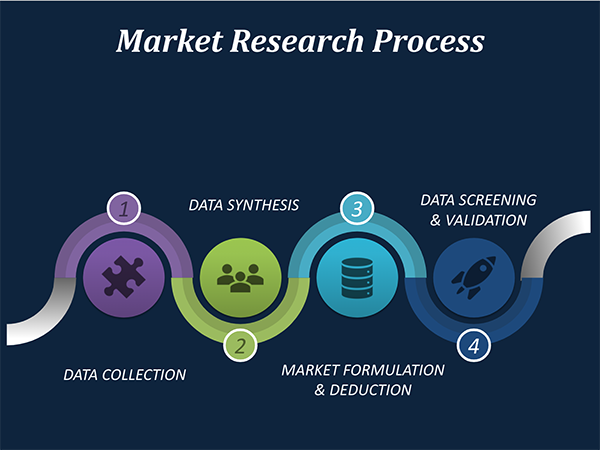
Data Collection: This stage of the market research process involves with the gathering and collecting of the market/industry related data from the sources. There are basically two types of research methods:
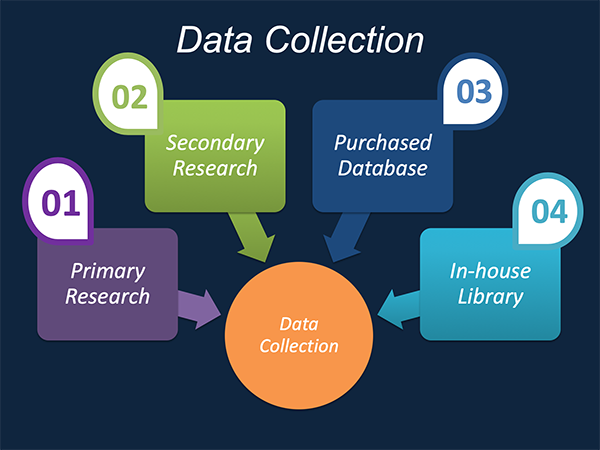
Data Synthesis: This stage includes the evaluation and assessment of all the data acquired from the primary and secondary research. It likewise includes in evaluating the information for any disparity watched while information gathering identified with the market. The data & information is gathered with consideration to the heterogeneity of sources. Scientific and statistical methods are implemented for synthesizing dissimilar information sets and provide the relevant data which is fundamental for formulating strategies. Our organization has broad involvement with information amalgamation where the information goes through different stages:
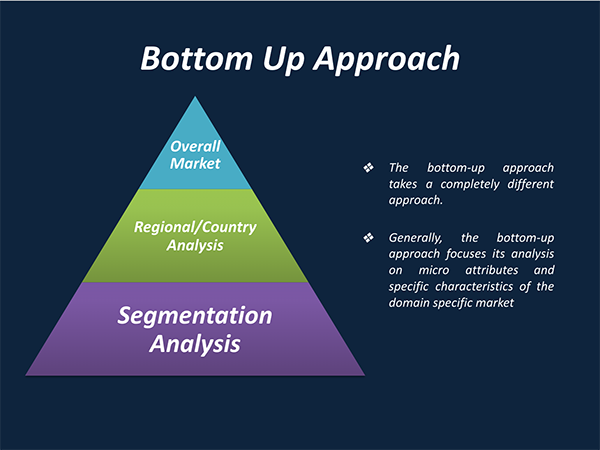
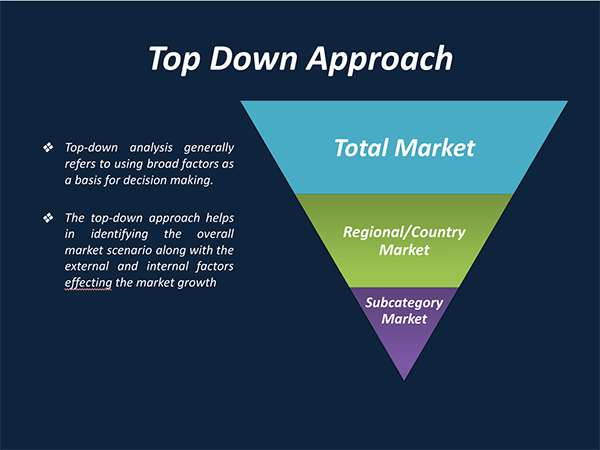
Market Formulation & Deduction: The last stage includes assigning the data & information in a suitable way in order to derive market size. Analyst reviews and domain based opinions based on holistic approach of market estimation combined with industry investigation additionally features a crucial role in this stage.
This stage includes with the finalization of the market size and numbers that we have gathered from primary and secondary research. With the data & information addition, we ensure that there is no gap in the market information. Market trend analysis is finished by our analysts by utilizing data extrapolation procedures, which give the most ideal figures to the market.
Data Validation: Validation is the most crucial step in the process. Validation & re-validation through scientifically designed technique and process that helps us finalize data-points to be used for final calculations. This stage also involves with the data triangulation process. Data triangulation generally implicates the cross validation and matching the data which has been collected from primary and secondary research methods.
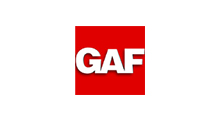
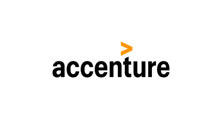
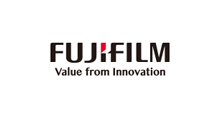
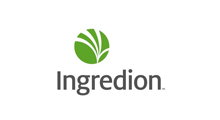

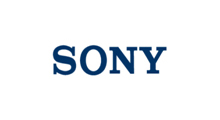
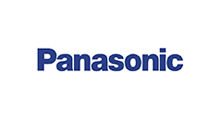
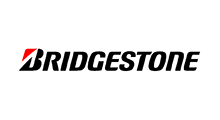
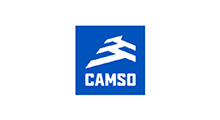
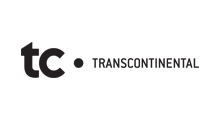
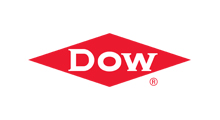
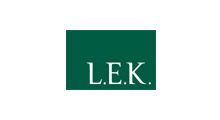
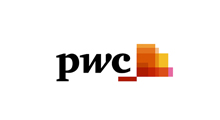
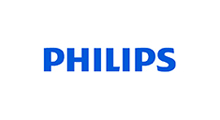
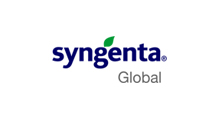
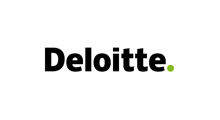
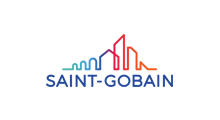
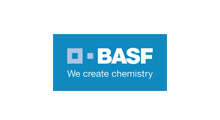
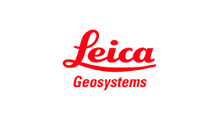
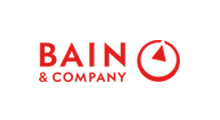
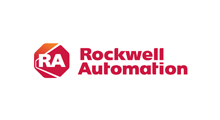
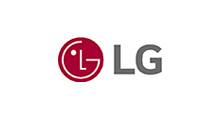
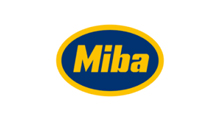
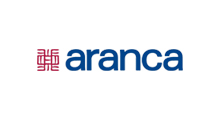
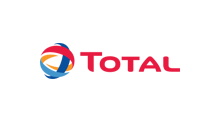
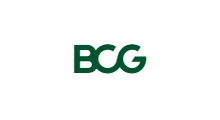
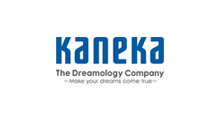
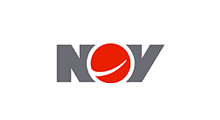
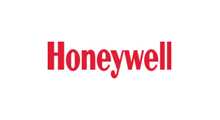
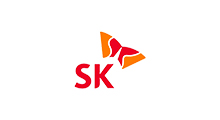
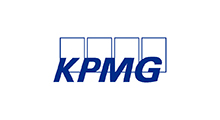
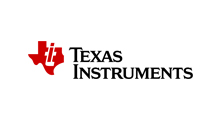
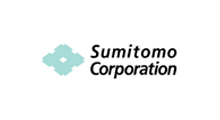
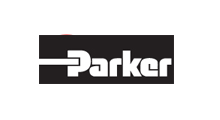
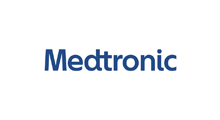
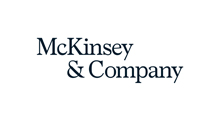
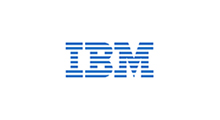
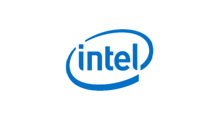
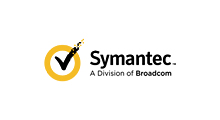
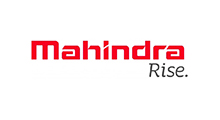
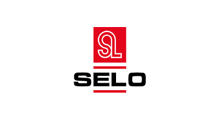
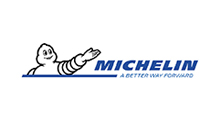
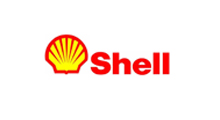
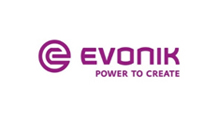
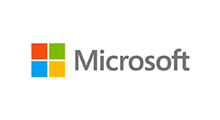
Free Customization
Countries can be added on demand
Free yearly update on purchase of Multi/Corporate User License
Companies served till date

We serve our customers 24x7 for 365 days through calls, emails and live chat options.

Huge database of exceptional market reports bringing market intelligence to your fingertips.

SSL enabled, we offer you various secured payment options for risk free purchase.